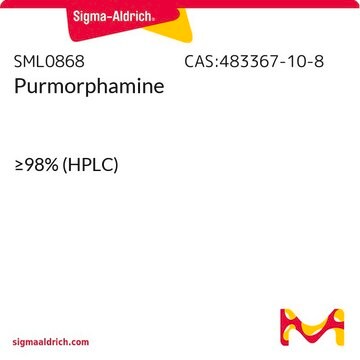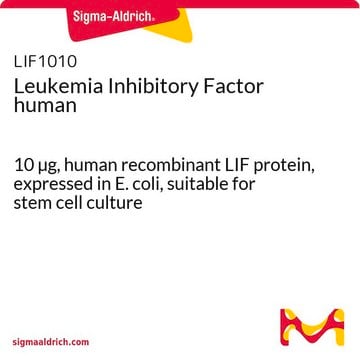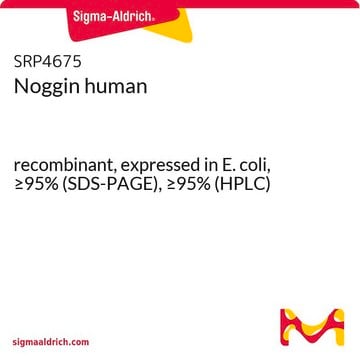565790
Compound E
≥95% (HPLC), solid, γ-secretase inhibitor, Calbiochem®
Synonim(y):
γ-Secretase Inhibitor XXI, Compound E, (S,S)- 2-[2-(3,5-Difluorophenyl)-acetylamino]-N-(1-methyl-2-oxo-5-phenyl-2,3-dihydro-1H-benzo[e][1,4]diazepin-3-yl)-propionamide, Compound E
About This Item
Polecane produkty
product name
γ-Secretase Inhibitor XXI, Compound E, This g-secretase inhibitor, CAS 209986-17-4, is a cell-permeable, potent, selective, non-transition-state analog inhibitor of γ-secretase and Notch processing. Lowers Aβ levels in APP transgenic mice
Próba
≥95% (HPLC)
Postać
solid
producent / nazwa handlowa
Calbiochem®
warunki przechowywania
OK to freeze
protect from light
kolor
white
rozpuszczalność
DMSO: 10 mg/mL
Warunki transportu
ambient
temp. przechowywania
2-8°C
InChI
1S/C27H24F2N4O3/c1-16(30-23(34)14-17-12-19(28)15-20(29)13-17)26(35)32-25-27(36)33(2)22-11-7-6-10-21(22)24(31-25)18-8-4-3-5-9-18/h3-13,15-16,25H,14H2,1-2H3,(H,30,34)(H,32,35)/t16-,25?/m0/s1
Klucz InChI
JNGZXGGOCLZBFB-YPHZTSLFSA-N
Opis ogólny
Działania biochem./fizjol.
γ-secretase and Notch processing Ab40 in CHO cells overexpressing wild type bAPP
Opakowanie
Ostrzeżenie
Rekonstytucja
Inne uwagi
Jung, K.M., et al. 2003. J. Biol. Chem.278, 42161.
Murakami, D., et al. 2003. Oncogene22, 1511.
Campbell, W.A., et al. 2003. J. Neurochem.85, 1563.
Berechid, B.E., et al., 2002. J. Biol. Chem.277, 8154.
Lee, H.J., et al. 2002. J. Biol. Chem.277, 6318.
May, P., et al. 2002. J. Biol. Chem.277, 18736.
Scheinfeld, M.H., et al. 2002. J. Biol. Chem.277, 44195.
Ni, C. Y., et al. 2001. Science294, 2179.
Beher, D., et al. 2001. J. Biol. Chem.276, 45394.
Doerfler, P., et al. 2001. Proc. Natl. Acad. Sci. USA98, 9312.
Seiffert, D., et al. 2000. J. Biol. Chem.275, 34086.
Informacje prawne
Kod klasy składowania
11 - Combustible Solids
Klasa zagrożenia wodnego (WGK)
WGK 3
Temperatura zapłonu (°F)
Not applicable
Temperatura zapłonu (°C)
Not applicable
Certyfikaty analizy (CoA)
Poszukaj Certyfikaty analizy (CoA), wpisując numer partii/serii produktów. Numery serii i partii można znaleźć na etykiecie produktu po słowach „seria” lub „partia”.
Masz już ten produkt?
Dokumenty związane z niedawno zakupionymi produktami zostały zamieszczone w Bibliotece dokumentów.
Klienci oglądali również te produkty
Nasz zespół naukowców ma doświadczenie we wszystkich obszarach badań, w tym w naukach przyrodniczych, materiałoznawstwie, syntezie chemicznej, chromatografii, analityce i wielu innych dziedzinach.
Skontaktuj się z zespołem ds. pomocy technicznej













